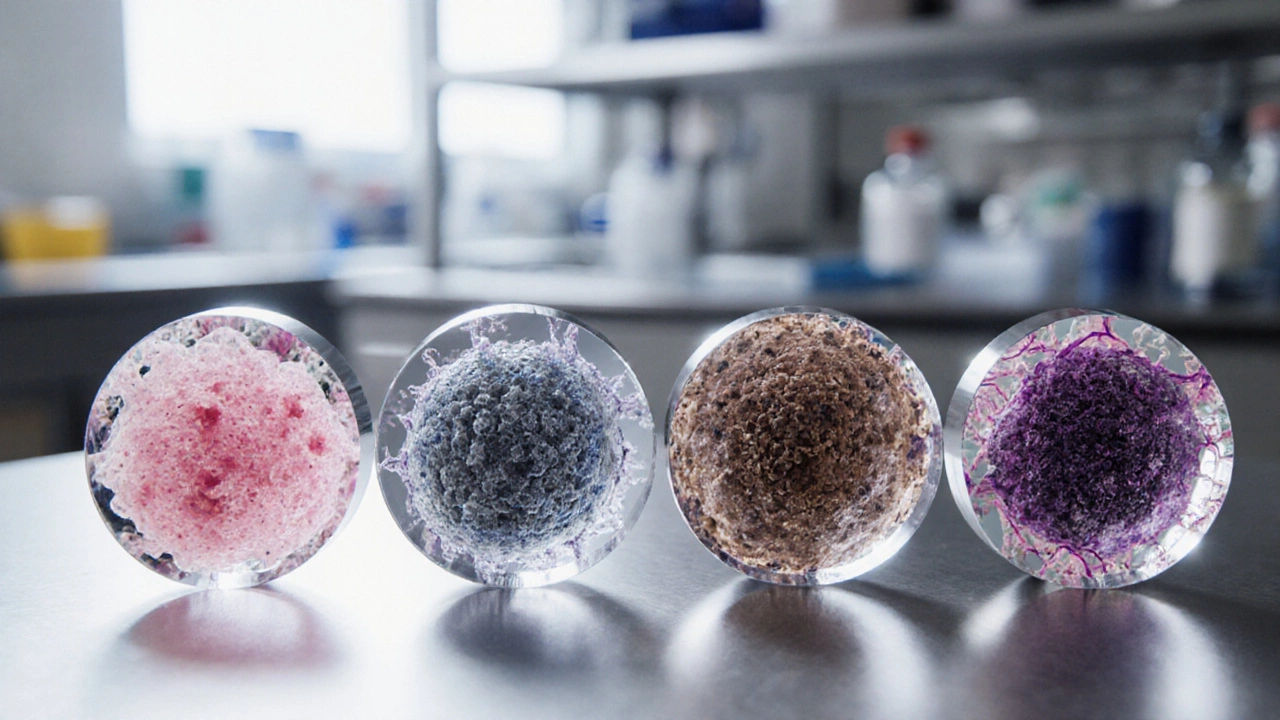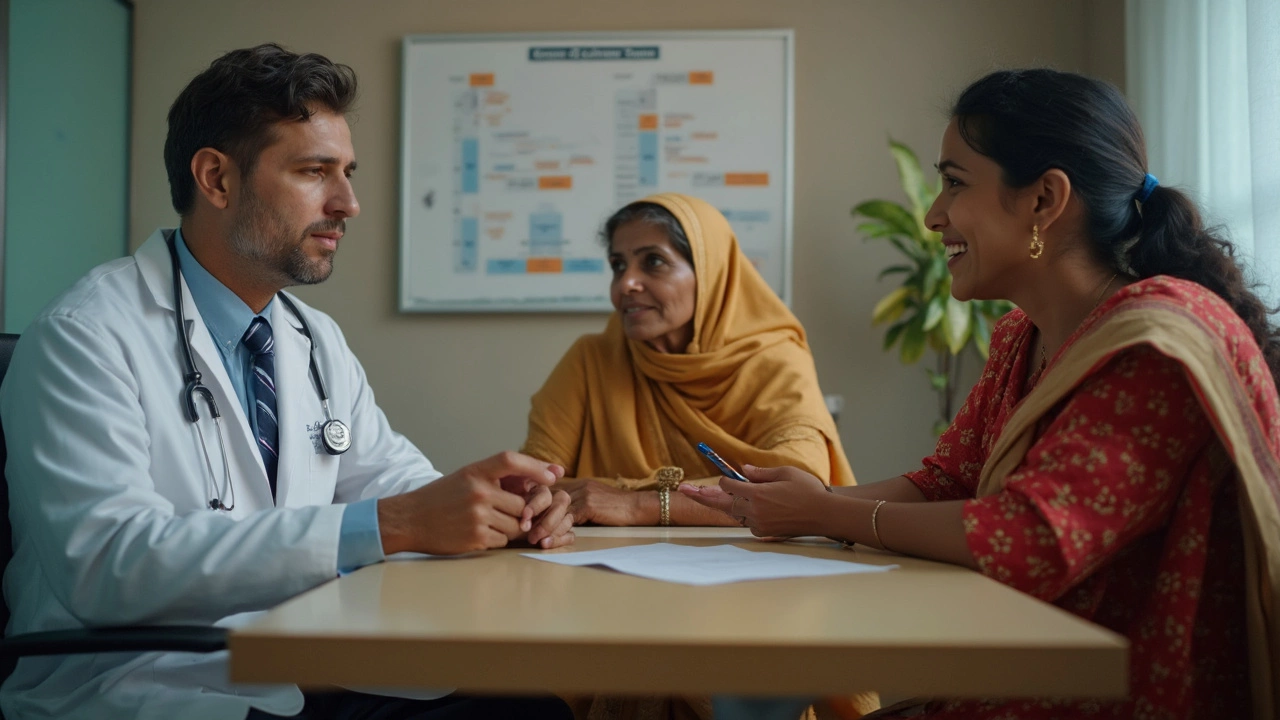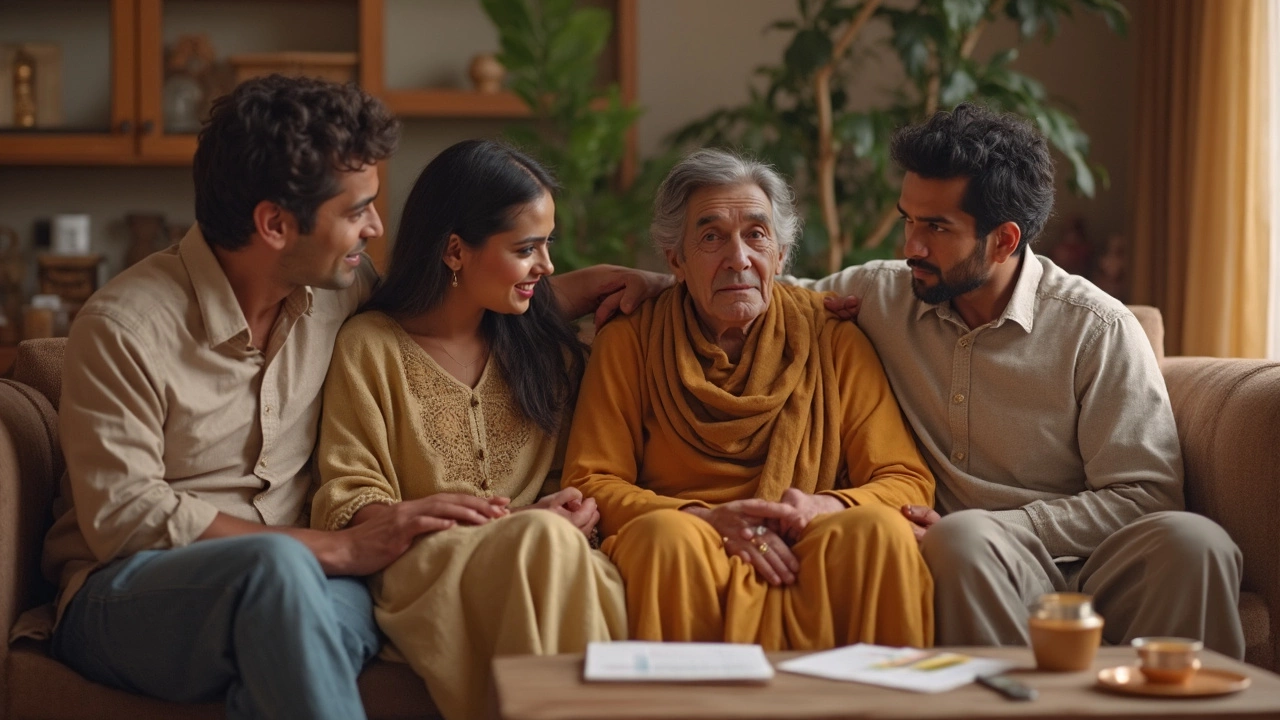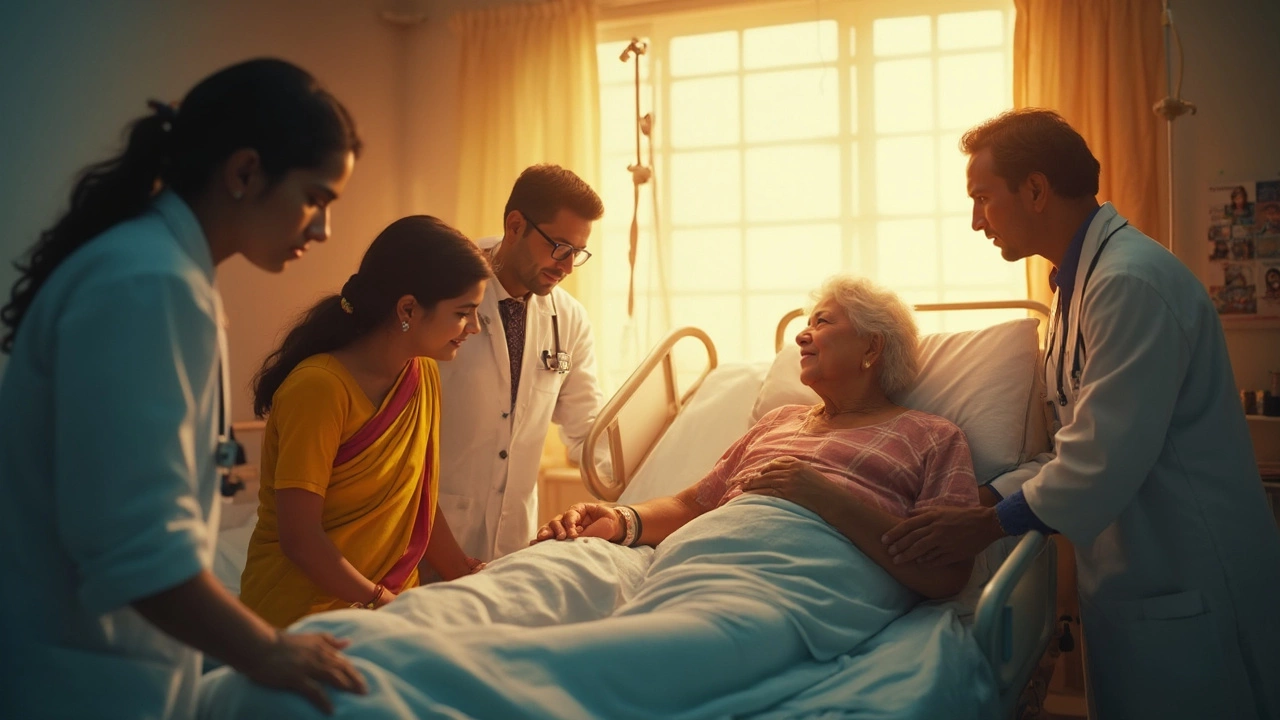Cancer Treatment Options and Tips for 2025
Got a cancer diagnosis and wondering what comes next? You’re not alone. The road can feel overwhelming, but knowing the main treatment paths and recent advances helps you make clearer choices. Below we break down the most common therapies, the newest tricks doctors use, and how to get the best care without getting lost in jargon.
Top Treatment Modalities
Surgery is still the go‑to when the tumor is reachable and hasn’t spread. In India, many hospitals now use minimally invasive or robot‑assisted techniques that cut recovery time in half. If you’re scheduled for an operation, ask about same‑day discharge options and whether a physiotherapy plan is included.
Chemotherapy works by flooding the body with drugs that target fast‑growing cells. Modern regimens are shorter and better‑tolerated than the old “high‑dose” versions. Talk to your oncologist about supportive meds that protect your mouth, hair, and blood counts – they can make the side‑effects feel manageable.
Radiation therapy uses high‑energy rays to shrink tumors. Many Indian centers now offer intensity‑modulated radiotherapy (IMRT) or stereotactic radiosurgery, which focus the beam more precisely and spare healthy tissue. If you’re worried about skin burns or fatigue, ask for a treatment schedule that fits your daily routine.
Immunotherapy is the newest buzzword, and for good reason. Drugs like checkpoint inhibitors train your immune system to spot and kill cancer cells. In 2025, they’re approved for lung, melanoma, and certain head‑and‑neck cancers in India. The catch? They don’t work for everyone, and they can cause inflammation in organs, so regular monitoring is a must.
Targeted therapy attacks specific genetic mutations in the tumor. Tests that read your cancer’s DNA are now routine in major Indian labs. If a mutation is found, a pill or injection can halt growth with fewer side‑effects than chemo. Ask your doctor if a molecular profile test is right for you.
Beyond these, hormone therapy remains the backbone for prostate and some breast cancers, while bone‑targeting agents help with cancers that spread to the skeleton. Combining two or three methods – called multimodal therapy – often gives the best chance of long‑term control.
How to Choose the Right Care in India
First, pick a hospital that has a dedicated cancer board. Multidisciplinary teams (surgeons, medical oncologists, radiologists, nutritionists) discuss each case and avoid fragmented decisions. Look for accreditation from NABH or the Indian Council of Medical Research – it’s a quick quality marker.
Second, ask about clinical trials. India hosts many global studies, and participating can give you access to cutting‑edge drugs before they’re widely available. Your doctor should be able to point you to a trial matching your tumor type.
Third, think about finances early. Some treatments, especially immunotherapy, can be pricey. Check if your insurance covers them, or explore government schemes like Ayushman Bharat, which now includes certain cancer drugs.
Fourth, don’t ignore supportive care. Nutrition counseling, pain management, and mental health services improve outcomes. A simple weekly diet tweak – adding protein‑rich foods and staying hydrated – can boost tolerance to chemo.
Finally, stay informed. Websites like mdrc.co.in provide up‑to‑date Indian guidelines and patient stories that make the medical jargon feel real. Bookmark a reliable source, note down questions before appointments, and bring a trusted friend or family member to help you remember the advice.
Facing cancer is tough, but with the right information and a proactive care plan, you can steer the journey toward better outcomes. Keep asking questions, stay on top of appointments, and remember that many Indians have walked this path and come out stronger – you can too.













